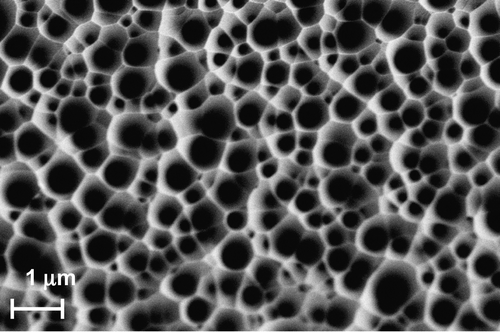Abstract

Polymers in space may be subjected to a barrage of incident atoms, photons, and/or ions. Atomic layer deposition (ALD) techniques can produce films that mitigate many of the current challenges for space polymers. We have studied the efficacy of various ALD coatings to protect Kapton polyimide, FEP Teflon, and poly(methyl methacrylate) films from atomic-oxygen and vacuum ultraviolet (VUV) attack. Atomic-oxygen and VUV studies were conducted with the use of a laser-detonation source for hyperthermal O atoms and a D2 lamp as a source of VUV light. These studies used a quartz crystal microbalance (QCM) to monitor mass loss in situ, as well as surface profilometry and scanning electron microscopy to study the surface recession and morphology changes ex situ. Al2O3 ALD coatings protected the underlying substrates from atomic-oxygen attack, and the addition of TiO2 coatings protected the substrates from VUV-induced damage. The results indicate that ALD coatings can simultaneously protect polymers from oxygen-atom erosion and VUV radiation damage.
Keywords:
polymer protection; low Earth orbit; atomic layer deposition; atomic oxygen erosion; VUV photodegradation
